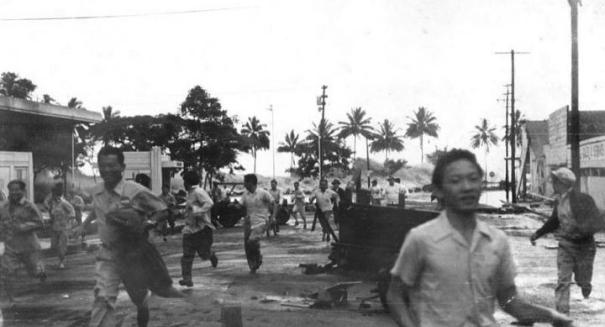
In the 1990s, researchers discovered a massive marine sediment deposit, including coral bits and mollusk shells, in a sinkhole on the island of Kauai.
The 2011 tsunami that struck Hawaii, not only forced officials to reevaluate their evacuation plans for the island state – it also led to strong evidence for an epic tsunami hitting the archipelago around 500 years ago.
In the 1990s, researchers discovered a massive marine sediment deposit, including coral bits and mollusk shells, in a sinkhole on the island of Kauai. The deposition of these materials by the incoming tide seemed unlikely since the sinkhole is located behind levees and nearly 330 feet from shore.
Rhett Butler, a geophysicist at the University of Hawaii at Manoa, said seeing the impact of the 2011 earthquake and subsequent tsunami forced him to seriously consider the possibility that an even bigger tsunami could have created the marine sediment deposit on Kauai.
“(The Japan earthquake) was bigger than almost any seismologist thought possible,” Butler said in a press release. “Seeing (on live TV) the devastation it caused, I began to wonder, did we get it right in Hawaii? Are our evacuation zones the correct size?”
To determine if a tsunami had indeed caused the deposition, Butler and some Hawaiian colleagues analyzed evidence from other shorelines that would have been struck by the same massive waves. Using radiocarbon dating, the team was able to provide a rough estimation and conclude that a massive tsunami had most likely caused the deposit, according to their report in the journal Geophysical Research Letters.
“I’ve seen the deposit,” said Gerald Fryer, a geophysicist at the Pacific Tsunami Warning Center in Hawaii who was not involved in the study. “I’m absolutely convinced it’s a tsunami, and it had to be a monster tsunami.”
Fyrer added that there is a 0.1 percent chance of such an event taking place – the same odds as a massive tsunami taking place in 2011.
Leave a Reply